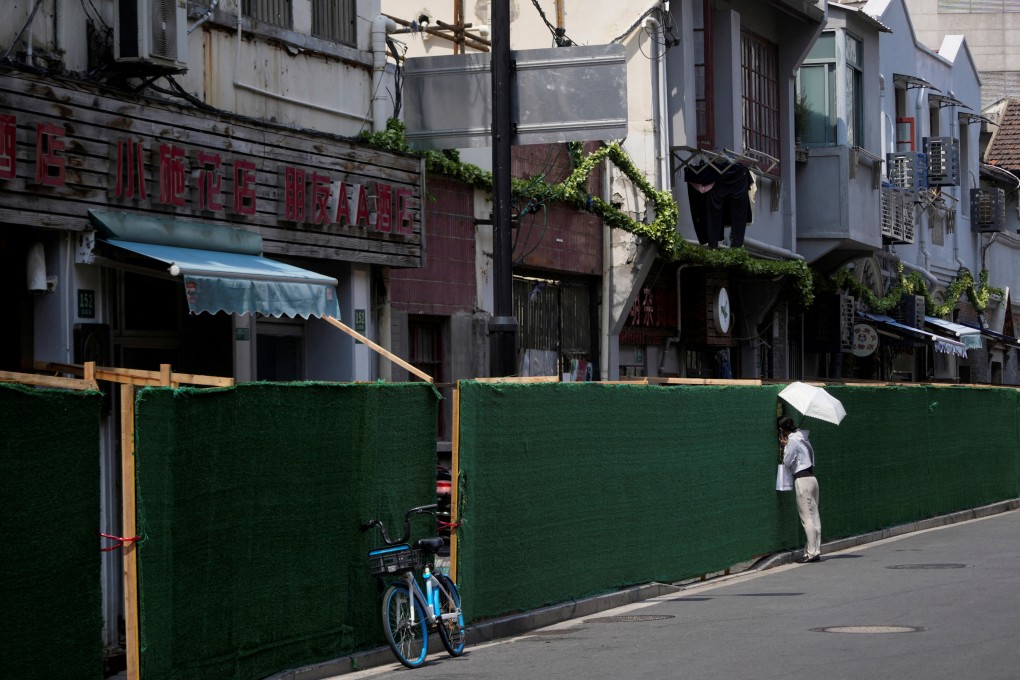Advertisement
China’s zero-Covid policy clouds economic outlook beyond third quarter, as Omicron finds a way
- Every Chinese province has reported coronavirus infections in the past 10 days, but not all cases will result in excessively disruptive lockdowns
- China’s GDP growth could take a bigger hit, but it might not be as debilitating as in the second quarter if the impact on business and consumption is mitigated
Reading Time:3 minutes
Why you can trust SCMP
38

The evasive Omicron coronavirus variant continues to show how economically disruptive it can be, not just in the face of the world’s strictest measures to keep it at bay, but increasingly because of them.
And with all of China’s 31 provinces having reported infections in the past 10 days, the nation’s zero-Covid policy threatens to continue dragging down economic growth in the year’s third quarter – though perhaps not as much as was seen in the second quarter, according to observers.
Not all of those cases will trigger lockdowns, but the ones that do – as was seen in Shanghai – could take a heavy toll on long-term confidence, weighing down investments and consumption, the analysts predict.
Advertisement
“In the short term, China may face increasing pressures as the anti-Covid restrictions continue hampering the economic recovery,” said Alicia Garcia Herrero, chief economist for Asia-Pacific at Natixis, adding that the control measures could shave off 1.6 to 1.9 percentage points off China’s 2022 gross domestic product (GDP) growth.
But she said that also depends on how severe the restrictions remain throughout the fourth quarter. That has been a key factor among analysts, as China will kick off its 20th Party Congress on October 16. Many economists have said they expect that China’s zero-Covid restrictions will be gradually eased nationwide after the twice-a-decade leadership restructuring wraps up.
Advertisement
Advertisement
Select Voice
Choose your listening speed
Get through articles 2x faster
1.25x
250 WPM
Slow
Average
Fast
1.25x